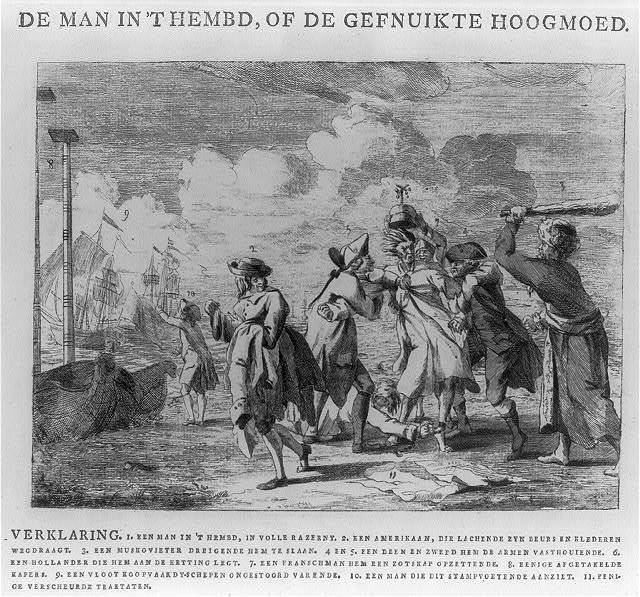 | ||
Armed neutrality, in international politics, is the posture of a state or group of states that has no alliance with either side in a war, but asserts that it will defend itself against resulting incursions from any party. This may include:
Contents
Leagues of Armed Neutrality
The phrase "armed neutrality" sometimes refers specifically to one of the 'Leagues of Armed Neutrality'.
Sweden and Switzerland
Sweden and Switzerland are, independent of each other, famed for their armed neutrality, which they maintained throughout both World War I and World War II. The Swiss Confederation has a long history of neutrality: it has not been in a state of war internationally since 1815 and did not join the United Nations until 2002. It pursues, however, an active foreign policy and is frequently involved in peace-building processes around the world.
United States
The United States had proclaimed a position of armed neutrality from the beginning of World War I, in the summer of 1914. This became an increasingly unpopular stance, especially after the German forces sank the British passenger ship RMS Lusitania in May 1915, which killed 1,201 people, including 128 Americans. In early 1917, German forces took the conflict to new levels by engaging in unrestricted naval warfare. This resulted in the sinking of the American cargo ship, the Housatonic. Wilson broke off diplomatic ties with Germany that same day. The final straw is said to have happened on April 1, 1917 when German naval forces torpedoed the U.S. steamer Aztec. Twenty Eight of its crew members drowned. American forces maintained neutrality during World War I until President Woodrow Wilson's War Message on April 2, 1917. Wilson delivered his historic war message before Congress.
Spain
Spain also maintained neutrality throughout both World War I and World War II. While Spain did lean slightly towards the Axis, as evidenced by the Blue Division, it did not join World War II.
Ireland
During World War II, it was believed that Ireland would take the German side if the United Kingdom attempted to invade the State, but would take the United Kingdom's side if invaded by Germany; historically, it is now known that both sides had in fact drawn up plans to invade Ireland (Operation Green and Plan W) (see also Irish neutrality). Ireland was outwardly neutral during the conflict, but it made some concessions to the Allies by sharing intelligence and weather reports as well as by repatriating downed RAF airmen.
